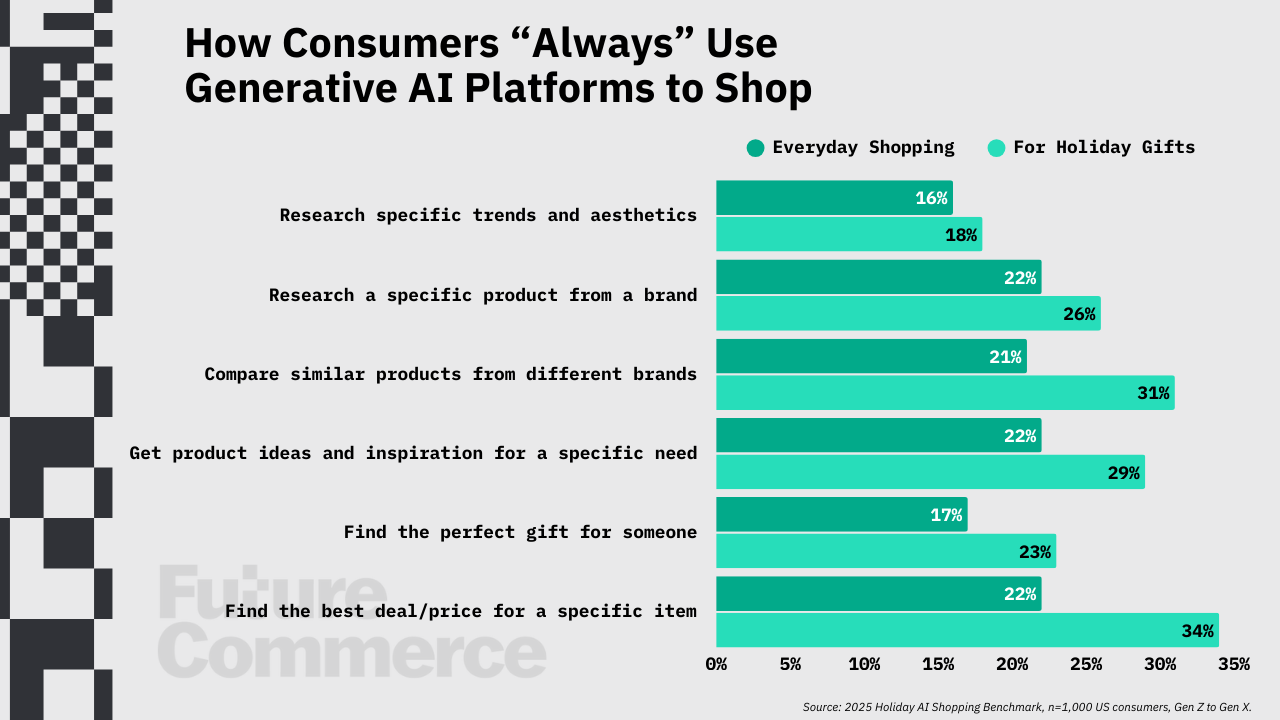
“Apple FaceHugger Pro™”


Yes, futurists, we have a take on the Apple Vision Pro.
Vision Pro is the latest in a progression of media getting closer and closer to our eyes. Media theorist Marshall McLuhan talked about “hot media” — the concept that some media can become an overwhelmingly immersive and sensory experience.
I can’t think of anything hotter in media than strapping two 4K displays to your eyeballs.
Unlike Meta and its market-dominant Quest devices, Apple is a content company. The device announcement coincided with the establishment of a partnership with the biggest IP holder in the world (ahem, Disney), means that this isn’t merely a device, it’s a content and commerce engine strapped to your head. ESPN use-cases alone make this a compelling new media device launch with premium content offerings like courtside VR digital tickets.
The most compelling part of the announcement to me was that the very first use practical use case was navigating to an eCommerce site.
Notably, that site was designed by Rachel Yaeger’s HUMAN, a branding and creative agency in NYC, and a contributor to this year’s VISIONS: Volume IV report by Future Commerce.
Sight Unseen is an online magazine that delivers editorial in a content-meets-commerce experience. And, in case you were wondering, the site is built on Wordpress (sorry, Shopify maxis). Yes, even the futuristic Vision Pro relies on an open source web.
RIP to anyone who has to design response web pages for 100-foot-wide virtual VR screens.
Tech Youtuber Marques Brownlee remarked on the eye-tracking capability of Vision Pro as being “the closest thing to being like magic, and I don’t usually say that about tech products.”
As media progresses from a theater screen 50’ away from your face, to a handheld screen 12” away, to an all-immersive all-encompassing field of view, we can expect new issues and challenges in accepting the real world — far less magical, by comparison. They may look like ski goggles, but the discourse of fear around the mere possibilities of this device make you feel like they look more like H.R. Giger’s Alien Facehugger.
Apple Facehugger Pro™ isn’t as good of a name, though.
In terms of the “heat” of VR immersion media? This is damn-near nuclear.
— Phillip
P.S. Our newest podcast launch is here. We continue to build the world of Archetypes with Episode 2 of the podcast, The Caregiver. Hosted by modern dance artist, Kristen Vencel, this exploration of our human stories in the context of a brand is captivating. Listen now right over here, or wherever podcasts are found.
P.P.S. If and when we have a functioning VR society, you can bet we’ll still have taxes. So we teamed up with our friends at Vertex to help assemble a guide of the SEVEN CHALLENGES you can tackle, head-on, to make your future self rest comfortably — no matter if you’re in the metaverse or IRL. Go get our guide right over here. #sponsored


A New Kind of QR Code. A Redditor has created a series of working anime-inspired QR codes by using Stable Diffusion. In a blog post (Chinese) the creator described a long-runing project that used simple algorithms to beautify QR codes. They took it to the next-level by creating a new training model in Stable Diffusion, a popular open source generative image artificial intelligence LLM. The results are stunning. Use your phone to scan the code above. It actually works.
Mockup Culture. Soren Iverson, product designer at Cash App, has been posting his ideas on Twitter for ”unhinged” features that could be added to apps, such as a “nepotism label” on LinkedIn that could help the user know if someone got their position through good old fashioned hard work and grit or just by being uncle Jim’s favorite nephew.
More Sights & Sounds. Amazon has been in talks with several wireless carriers to possibly launch its own Prime wireless with low cost plans for Prime members. Great Jones cookware is getting acquired by Meyer in an effort to secure longevity for the consumer good company. Ford Motor Co’s new chief supply chain officer, Liz Door, is Whirlpool’s former executive VP of global strategic sourcing. Salesforce is trying to get workers back in office by donating $10 to local charities each day they show up in person. Silicon Vally-based VC firm, Sequoia, is separating out its U.S. and China businesses amidst political tensions. Apparently the new Barbie movie required so much paint for its sets that it caused an international shortage of pink paint. And are all the warnings from tech companies about a coming AI apocalypse just smoke and mirrors to distract us from missteps the companies have already made?


Ditching Seasons. The founders of Asket are taking a different approach to being in the fashion industry. Rather than going for planned obsolescence and over-filling wardrobes with items that never get worn, the company puts its focus on the 20% of garments in peoples’ closets that they actually wear. They’ve built a small line of timeless essentials that don’t swap out each season.
Fashion Tech. WE LAB has introduced its new Ai technology for fashion production, which can generate design references, provide guidance, and also offers full supply chain service. It does so by “[generating] fashion design references and provides targeted design guidance by analyzing user and market data.” This hints at a future of supply chain management and just-in-time manufacturing capabilities; allowing smaller brands to operate at the speed of SHEIN, without the billion-dollar price tag.


Blast From the Past. McDonald’s is leaning hard into nostalgia. The chain brought back the Hamburglar in early spring and now Grimace is back to promote the Grimace Birthday Meal which comes with a purple berry milkshake. The chain is trying to connect with customers of Gen X and well as younger kids.

AI Language Barrier. AI Chatbots are most fluent in English. And English is already the most dominant language in the commerce world. AI technology has a chance to bridge that gap, rather than continuing to increase the bias. Currently, however, most systems are good at translating other languages into English, but not so much when it comes to translating English to other languages.
“Human” Models. Flair AI, an AI design tool meant to quickly create branded photorealistic content for beauty brands and CPG has introduced a new feature: humans. Creating a product photoshoot with a “human” in the final image is now faster and easier than ever.











.svg)
